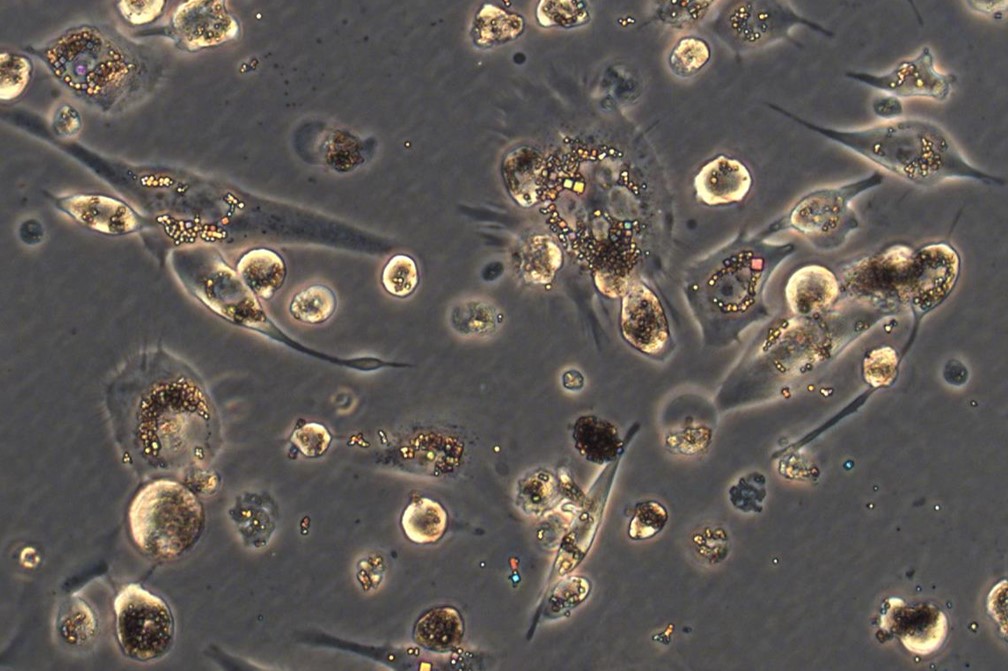Better delivering cytokines for cancer therapy

In 2013, the journal Science chose cancer immunotherapy as the breakthrough of the year, largely due to the impact of checkpoint inhibitors. Interleukin-2 (IL-2), a cytokine, also played a part. In addition to IL-2, interferon-gamma (IFN-γ), and interleukin-12 (IL-12) have come to prominence in recent years. However, toxicity limits their use. Can this be overcome?
IL-2 plays a critical role in the activation and expansion of T cells, which are essential for the immune response against cancer. IL-2 has been used as a cancer immunotherapy for several decades, particularly in the treatment of metastatic melanoma and renal cell carcinoma. High-dose IL-2 therapy has been shown to induce durable complete responses in a small percentage of patients, but it is also associated with significant toxicity. Recent advances in the understanding of IL-2 biology and the development of engineered IL-2 molecules with improved safety and efficacy profiles have renewed interest in IL-2-based cancer immunotherapies [4].
IFN-γ is produced by various immune cells, including T cells and natural killer (NK) cells, and has multiple effects on the immune system, such as promoting the activation and differentiation of T cells, enhancing the cytotoxic activity of NK cells, and stimulating the production of other cytokines. IFN-γ has been used as a cancer immunotherapy, particularly in the treatment of haematological malignancies and some solid tumors. However, similar to il-2, the clinical efficacy of IFN-γ therapy has been limited by its toxicity and the development of resistance mechanisms in cancer cells.
IL-12 plays a key role in the activation of both innate and adaptive immune responses against cancer. It promotes the differentiation of T cells into T helper 1 (Th1) cells, which produce IFN-γ and other pro-inflammatory cytokines, and enhances the cytotoxic activity of NK cells and cytotoxic T lymphocytes (CTLs). IL-12 has been investigated as a cancer immunotherapy in preclinical models and early-phase clinical trials, showing promising anti-tumor activity. However, the clinical development of IL-12 has also been hampered by its toxicity and the need for optimized delivery strategies.
The development of novel strategies to harness the potential of these and other cytokines, while minimizing their toxicity, is an ongoing area of research in cancer immunotherapy. At Cell Guidance Systems, we are working on PODS to use phagocytic immune cells to deliver cytokines to cancer. The immune cells ingest and deliver the drug-containing PODS. This has been shown to reverse the cancer drug delivery paradigm where high concentrations of drugs must be generated in the serum to enable low concentrations to permeate through to the target tumour.
IMAGE: Macorphages ingesting cytokine-containing PODS. Cell Guidance Systems.



